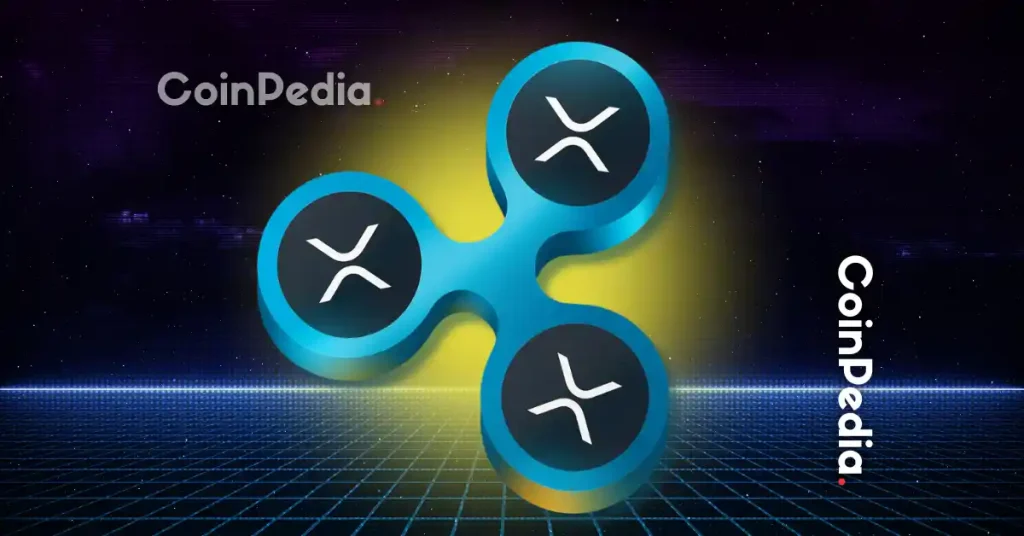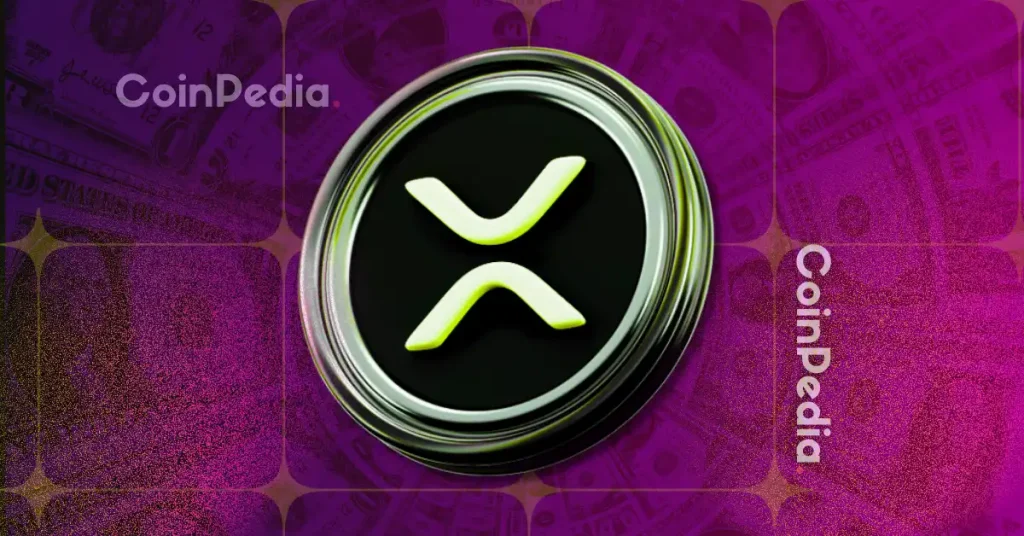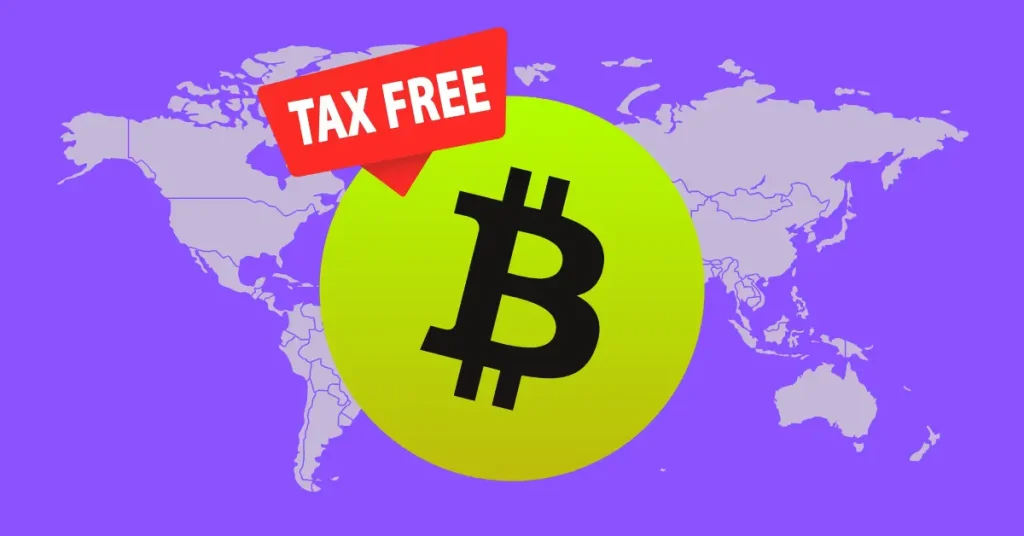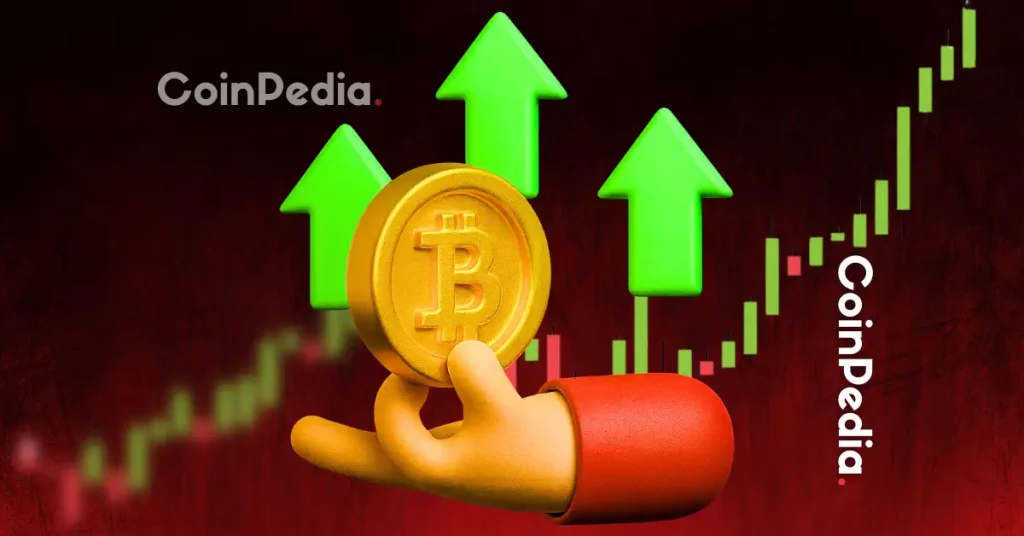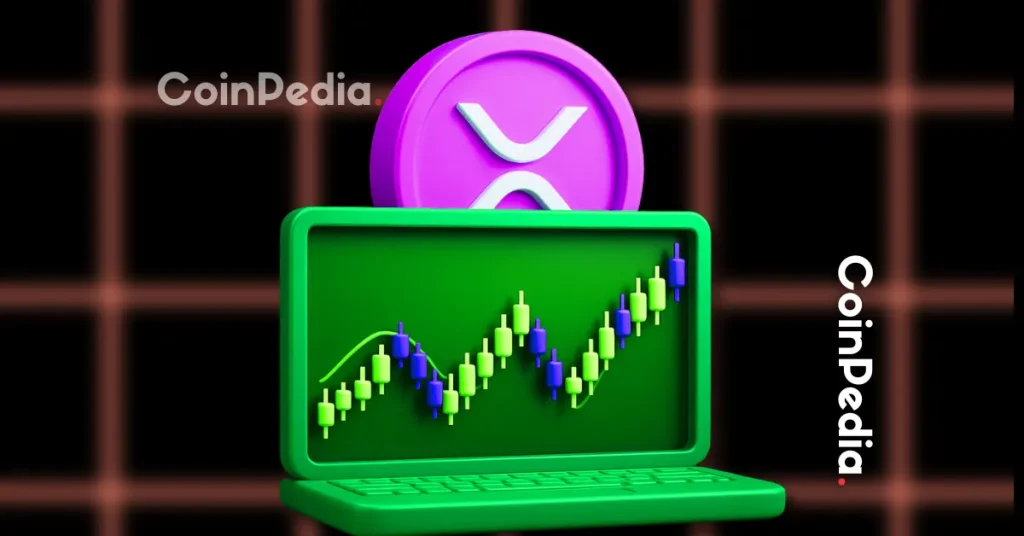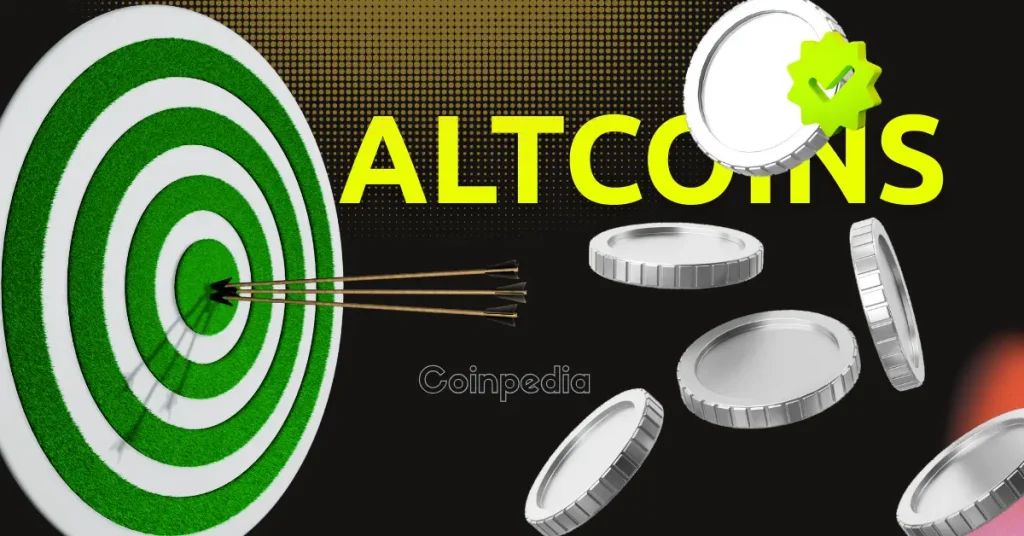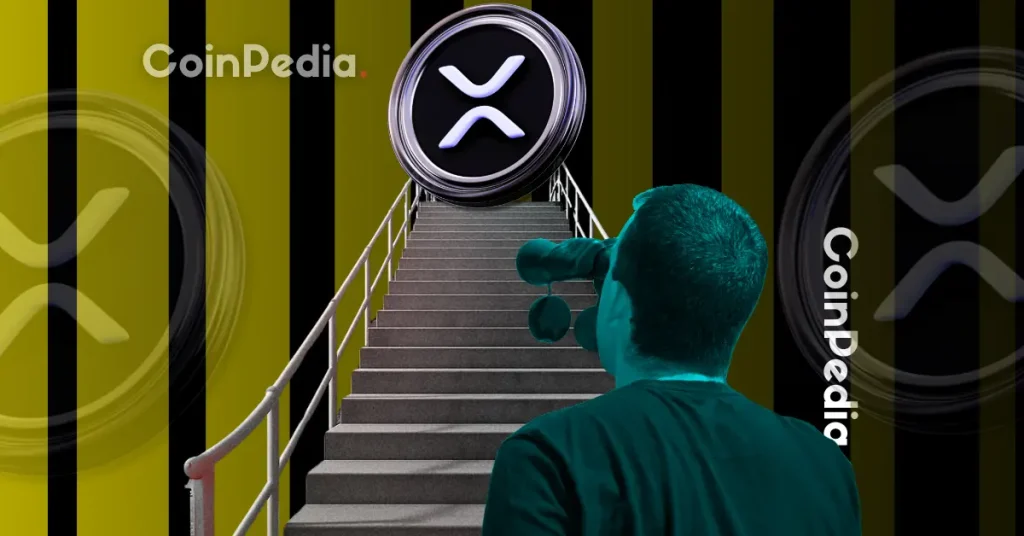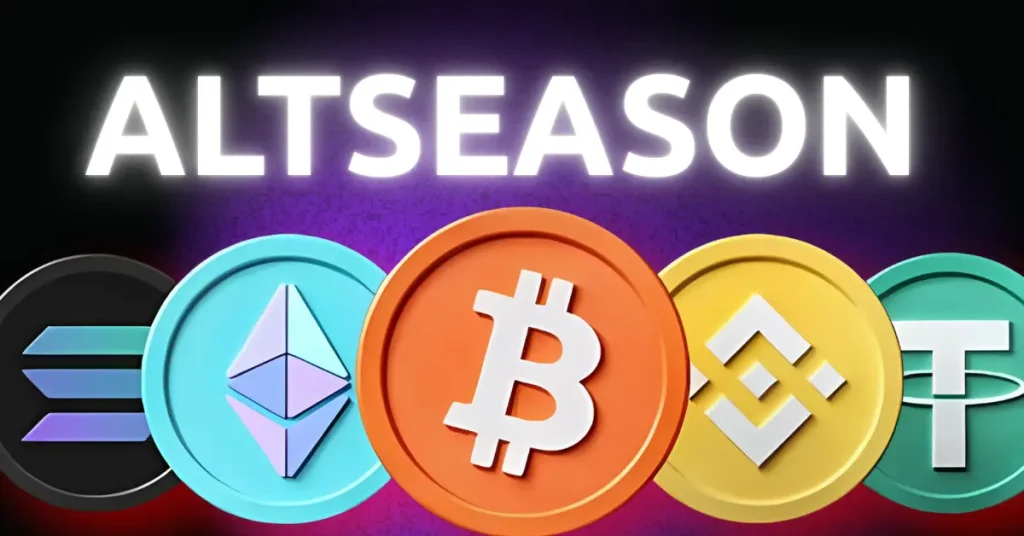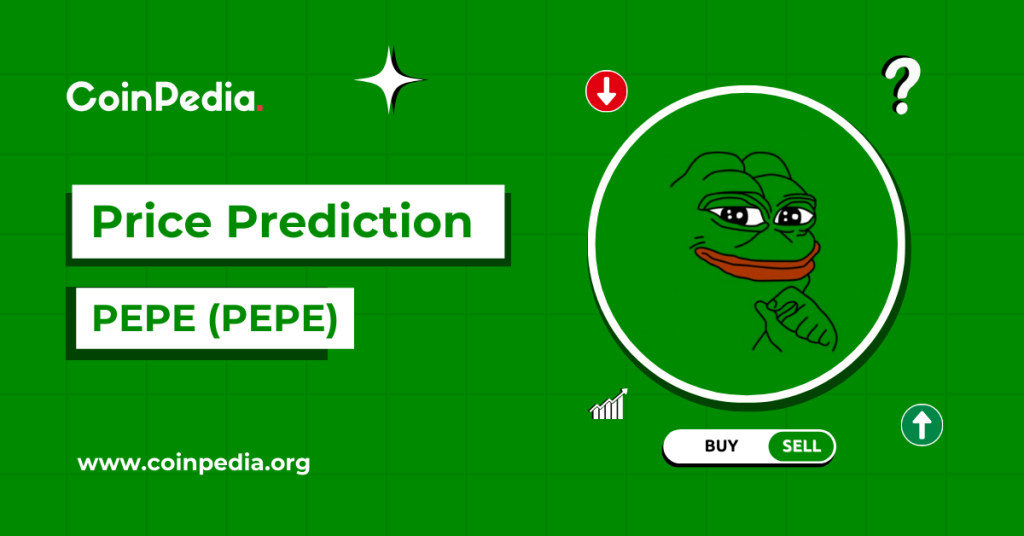Summary Bitcoin (BTC-USD) has captured the minds of Institutional investors and retail alike. The 23-day moving average is a strong trading system for Bitcoin. We evaluate the Halving and determine that it does provide a pattern that beats buy-and-hold for the asset. Expect volatility for Bitcoin to continue into 2024. We share a roadmap for avoiding the potential drawdown and managing risk. Bitcoin (BTC-USD) is still the world's most popular cryptocurrency, with a market capitalization of over $550 billion dollars. Since its inception in 2009, it has gone through several significant events that have shaped its price and value. It is fair to say that Institutional investors have been increasingly interested in Bitcoin in recent years and have expressed their views publicly. Whatever your views, I intend to build on my previous work and address the following question: how can I develop a sustainable momentum trading strategy for Bitcoin that beats buy-and-hold? Following my last piece that covered how using a 23-day moving average strategy can beat the returns of buy-and-hold investors for Bitcoin, I had several requests to extend the analysis. One of the most important of these events is the halving, which occurs approximately every four years. In this article, we'll explain what the halving is and why it's important for investors to consider. An eagle-eyed reader suggested that we should be bullish because we are approximately one year away from the halving, and so I sought to do a bit of research and test that strategy. We're going to focus on understanding what it is, why it is relevant, and then test to see whether we can improve on the 23-day moving average strategy by taking into account the halving. Bitcoin Halving - April 2024 According to Binance , "the halving is a pre-programmed event that occurs in the Bitcoin network every 210,000 blocks, which is roughly every four years. It's called the halving because it cuts in half the rate at which new Bitcoins are produced. Specifically, the reward for Bitcoin miners who successfully add a new block to the blockchain was reduced from 12.5 BTC to 6.25 BTC in May 2020." When the next halving happens in Bitcoin in April 2024, the mining rate will decrease from 6.25 BTC per block to 3.125 BTC per block. The halving is a significant event because it reduces the rate at which new Bitcoins are introduced into circulation. This reduction in supply is expected to increase the price of Bitcoin over time, assuming demand remains constant or increases. The halving is important for several reasons. First, it reduces the rate at which new Bitcoins are produced, which helps to control inflation and introduces scarcity of supply. Bitcoin has a fixed supply of 21 million coins, and the halving ensures that this supply is released into circulation at a steady and predictable rate. By reducing the supply of new coins, the halving can help to increase the scarcity and value of Bitcoin over time. Second, the halving is an important event for Bitcoin miners. Bitcoin mining is a process where powerful computers compete to solve complex mathematical problems and add new blocks to the blockchain. Miners are rewarded with new Bitcoins for their efforts, and the halving reduces this reward by half. This means that miners will need to work twice as hard to earn the same amount of Bitcoins as before the halving. The Halving & The Impact on BTC-USD Price The key to answering this question lies in taking a good hard look at the nominal and logarithmic returns of Bitcoin since inception. Look at this chart: (David Huston) There is a lot to take in here. This is the log-10 return of Bitcoin between 2010-2023 YTD. Logarithmic scales help us to fit the price onto one clear chart. Imagine this as the helicopter version of price that allows you to take in the long-term trend since 2009. The orange line is the 23-day moving average. The previous Halvings are marked on the chart in 2012, 2016 and 2020. I have also taken the liberty of adding what I call 'Midterms.' This is the point halfway between Halvings, and it is relevant for reasons you will see shortly. Following the Halvings Bitcoin has historically experienced significant price increases in the months and years that follow. For example, the first halving in 2012 was followed by a price increase from $12 to highs of $1,038 over the next 18-24 months. The second Halving in 2016 was followed by a price increase from $650 to $19,221 over the next 18 months. While past performance is not a guarantee of future results, the Halving is a significant event that has historically impacted the price of Bitcoin. The returns on the chart above under-play the scale of the moves, which is considerable. It turns out that the opposite to the original theory is true: Bitcoin falls or trades sideways from half-way between Halvings until the Halving date. The lack of supply and perhaps emotional response from buyers, then propels the asset higher, until halfway towards the next Halving. 23-Day Moving Average System with Halving Feature Remember, our system from the previous article rests on the ability to trade the 23-day moving average. The system uses the following rules: Sell when BTC-USD crosses below its 23-day moving average of its price. Buy when BTC-USD crosses above its 23-day moving average of its price. This has proven to be an effective strategy for reducing drawdowns and improving risk-adjusted returns against buy-and-hold for Bitcoin. How does it perform? Have a look at the following chart: David Huston The moving average strategy absolutely trounces buy-and-hold. Between 2010 and 2023 YTD you'd end up with a $64,341,549.24 return versus $28,392.40 for BTC-USD as of the weekend that this was written. Already, this system significantly improves the return versus the standard asset being held since 2009. What if we added a rule that was long only for the 18 months following the Halving , to try to capture more of the upside? Here is what that looks like: David Huston That doesn't appear to add much to risk-adjusted returns. If you look at the grey line, it's significantly underperforming the 23-day moving average system, which is represented by the orange line. What about if we try another strategy: let's say that we sell BTC-USD and hold cash for the year or so leading up to the Halving and see if we can avoid part of the downside: David Huston That works better than trying to be long only after the Halving. The system - represented by the grey line - performs better than buy and hold but worse than the 23-day moving average system. However, it still fails to outperform. Weekend Effect Not everybody can trade on weekends, and so somebody asked me what if Bitcoin makes a major move during the weekend, and you're not able to act on the 23-day moving average until the markets open on the following Monday? If you were using the ProShares Short Bitcoin Strategy ETF ( BITI ) or the ProShares Bitcoin Strategy ETF ( BITO ) to trade this strategy, then that would certainly be the case. The back-tests suggest that you can capture 85% of the returns of this strategy even if you account for weekends and 'realistic trading fills' which shave off performance. Current Situation Since this was written, Bitcoin has dropped below the 23-day moving average and those who shorted BTC-USD or entered a Bitcoin short ETF have profited off of the move. Take a look at the chart below: Stock Charts Bitcoin dropped below the 23-DMA on April 19th and again on April 30th. The short trade on the 19th of April would have been exited pretty much flat (no profit). The most recent trade - which is short from the 30th of April - is currently up 8.1%. It pays to be methodical, and patient. If you look at this and think to yourself, "Well I'll jump straight in and short Bitcoin", you'd be mistaken. Wait until the next signal, which is when Bitcoin goes back to the 23-day moving average. The only exception to that would be occasions like the 3rd of May when it bounced off of the average and remained lower - one can add to their trade there. If this seems too simplistic, one has to imagine, what's the catch? The catch is you need the patience and discipline to follow a system regardless of the outcome, and the psychology behind that is difficult to develop. Conclusions and Final Analysis The nature of investing is such that we try to be clever and outsmart other investors, but this can lead to following theories that don't work. In this case the simple - yet powerful - 23-day moving average for Bitcoin, it is difficult to beat. If you look closely at the daily returns for Bitcoin, they represent a very clear momentum-based pattern. That means that when Bitcoin is going up, it tends to keep going up for extended periods of time. And when it is going down, although it has peaks and troughs, it tends to carry on in that trajectory for extended periods. A moving average strategy allows you to capture those trends and ride the majority of them, while ensuring that you have the discipline to cut your losses when the trend changes. We may have an opinion that the Halving has a strong impact on price, and therefore, one should stay Long Bitcoin. However, our analysis suggests that it is hard to find a strategy that beats a more dyed-in-the-wool Momentum trading strategy like the 23-day moving average. Investors should consider being long Bitcoin after the next Halving in April 2024, and somewhat cautious between now and the next year, as we would expect Bitcoin to be volatile in the run-up to the next Halving date.

